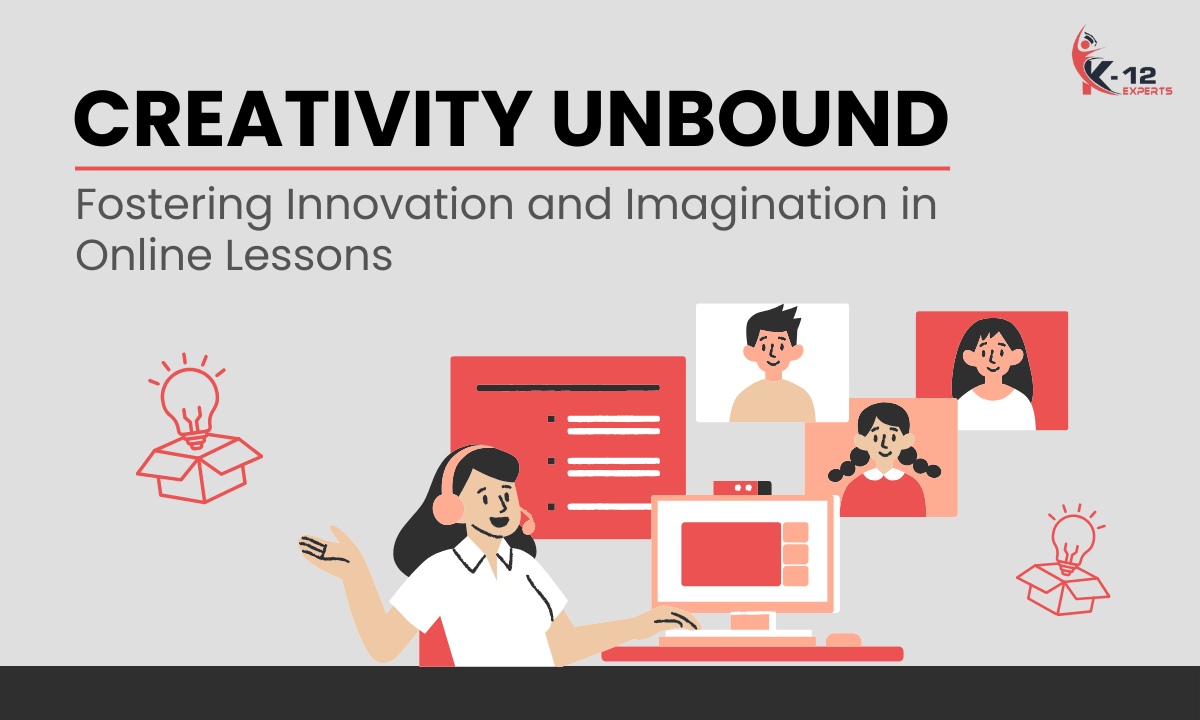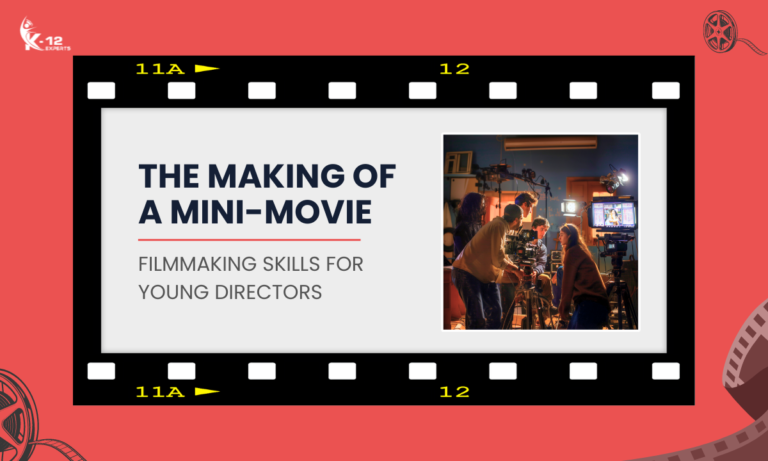Feeling a bit lost in the virtual teaching world? It may appear to lack creativity, but that’s not the case. There’s a treasure trove of innovation just waiting for you to discover.
Using the right strategies and tools can spark your student’s imagination, conquer obstacles, and transform your digital lessons.
So, are you set to turn education into an exhilarating adventure? Let’s get started!
Understanding the Digital Learning Landscape

Venturing into online education? Well, you’re in for a surprise! The digital learning landscape is ginormous, with many unique and exciting facets. The virtual classroom is buzzing with state-of-the-art technology, from interactive whiteboards to video conferencing tools.
But there’s a catch! You need to master digital literacy. It’s not just about aimless internet surfing; it’s about knowing the ins and outs of these tools. Grasp the concepts of online safety, digital etiquette, and data management.
Tools for Boosting Creativity Online

Wondering how to spice up your online teaching and get those creative juices flowing? Incorporating Virtual Artistry and Gamified Learning, tools can surely jazz up your virtual classroom.
Think about digital drawing platforms to let students unleash their inner Picasso or animation software to spark their storytelling abilities.
Use game-based learning platforms to turn usual lessons into exciting adventures and interactive quizzes to add a fun, competitive edge to learning.
The right tools stimulate creativity and make your lessons more interactive, engaging, and fun.
Strategies for Fostering Innovative Thinking

Want to nurture innovative thinking among your online students? It’s actually quite straightforward. Kick things off with brainstorming sessions, allowing them to voice all ideas, no matter how wild they might seem. This kindles creative sparks and paves the way for innovation.
Incorporate mind mapping activities next. These can help visualize thoughts and reveal connections, fostering unique idea combinations. Remember that innovation isn’t about nailing the ‘right answer’ but discovering various possibilities.
So, let’s embrace mistakes and cheer on the journey as much as the outcome. Establishing an educational atmosphere that values uniqueness and applauds risk-taking is essential.
Now, let’s delve into some practical examples of creative online lessons.
Real-World Examples of Creative Online Lessons

Stepping into the sphere of practical instances, there’s a wealth of unique online lessons that genuinely express the essence of originality and creativity we’ve just examined.
Consider Virtual Fieldtrips: they’re more than just enhanced video tours. They offer captivating, interactive journeys, bringing everything from historic locations and museums to space exploration into your study area. For instance, NASA’s Virtual Trip to the Moon stirs wonder among students, while the Louvre’s digital tour skillfully intertwines art, history, and culture.
Then there’s Gamified Learning, which isn’t merely about game playing but turning education into a captivating, rewarding adventure. Duolingo’s language tutorials, for example, feel less like a lesson and more like a game, making the learning process enjoyable. Simultaneously, Codecademy turns coding lessons into thrilling challenges, making intricate concepts attractive.
These instances highlight how imaginative approaches can truly break free from the limitations of conventional learning.
Challenges and Solutions in Creativity-Led Education

Shifting to a creative-led model in online education brings its own set of unique advantages and obstacles. Figuring out how to measure creativity can be tricky; traditional grading systems may not cut it. The answer could lie in ‘Creativity Metrics’, which gauge divergent thinking, originality, and resilience.
Another hurdle is the Pedagogical Shift. It’s tough to let go of old teaching styles and embrace new ones, but it’s a rewarding journey. Here’s a simple breakdown: for difficulties in assessing creativity, turn to Creativity Metrics. For making the Pedagogical Shift, stay open to change and consider some training.
With determination, the full potential of online education can be harnessed.
Frequently Asked Questions
How Does the Level of Student Engagement in Online Lessons Compare to Traditional Classroom Settings?
In the realm of hybrid learning, it’s clear that the degree of student involvement in online classes is comparable to that of traditional classrooms. It’s not just about keeping students interested but also nurturing creativity. In this digital age, adjusting, actively engaging, and stimulating inspiration is crucial.
Are There Specific Online Platforms That Are More Conducive to Fostering Creativity?
Absolutely, certain online platforms are designed to stimulate creativity more effectively. Think of it as picking the right soil for your plants – it’s crucial. Online tools like Adobe Spark and Canva can enhance interaction and spark novel ideas in your digital classes.
Are There Any Studies That Show a Correlation Between Online Learning and Higher Levels of Creativity?
Absolutely, research suggests a positive link between online education and enhanced creativity. Measurements of digital creativity reveal a rise in innovative thought through online learning avenues. Opting for online education to hone your creative abilities is definitely a wise decision.
What Are Some Potential Drawbacks of Focusing Too Heavily on Creativity in Online Education?
Overemphasis on creativity in online learning could lead to a ‘Creativity Overload.’ This might obscure basic abilities, making it harder to tackle standardized tests. It’s crucial to strike a balance between fostering creativity and developing essential skills.
Can Creativity-Led Education Be Effectively Implemented in All Subject Areas, or Is It More Suitable for Certain Disciplines?
Creativity-focused learning can be applied to all academic fields. By utilizing tools that measure creativity, you’ll see that it encourages expansive thinking across disciplines. It’s not limited to the arts; it’s equally advantageous in subjects like math and science.
Conclusion
Utilizing online tools and methods can encourage creativity in e-learning. For example, a history class that collectively reconstructed ancient Rome virtually. Sure, it’s tough, but the payoffs are huge.
Picture a scenario where learners aren’t just absorbing facts but actively producing, innovating, and greatly adding to our shared wisdom. This is the potential of an education driven by creativity.
We can tackle the obstacles to make this happen. Therefore, let’s unleash creativity and cultivate innovation in every web-based class.




